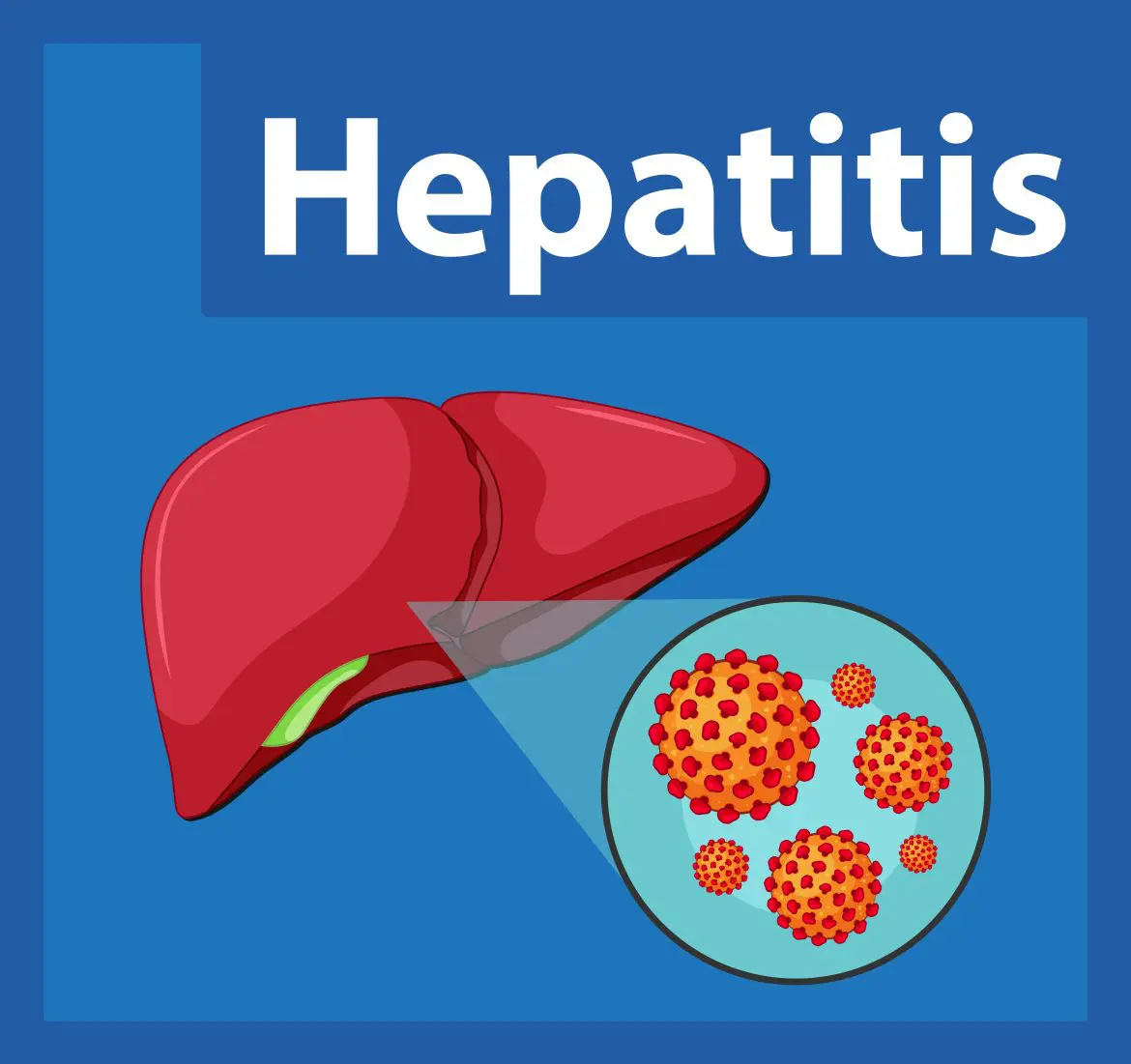Autoimmune hepatitis is a chronic liver disease of unknown etiology that is characterized by prolonged hepatocellular inflammation and necrosis and tends to progress to liver cirrhosis. Autoimmune hepatitis may debut as acute inflammation, chronic inflammation, or pre-existing cirrhosis, or rarely as fulminant hepatitis with fulminant liver failure.
Autoimmune hepatitis cannot be explained by a viral infection, like viral hepatitis, alcohol, drug, or other toxicity. It is often associated with the presence of other autoimmune diseases – Hashimoto’s thyroiditis, celiac disease, ulcerative colitis, Crohn’s, primary sclerosing cholangitis, etc. It occurs extremely more often in women (about 70% of patients are women). The presence of autoimmune hepatitis does not exclude the presence of viral hepatitis.
The etiology of autoimmune hepatitis is related to the presence of genetic predisposition and triggering factors. The genetic predisposition to the disease is associated with certain HLA (Human Leukocyte Antigen) haplotypes – B8, B14, DR3, DR4, and Dw3. Among the viruses that are believed to trigger autoimmune hepatitis are hepatitis A, B, and C, Epstein-Barr virus, etc. An association of certain medications with the triggering of autoimmune hepatitis has also been established.
A strong connection has been established with Nitrofurantoin, Minocycline, and Halothane. Other drugs with which it is likely to be related are Atorvastatin, Infliximab, Adalimumab, Methyldopa, etc. A major role in the pathogenesis of liver damage is played by cell-mediated immunological attack, which is due to abnormal expression of HLA class II on the surface of hepatocytes. This exposes normal hepatocyte antigens to antigen-presenting cells.
The clinical manifestation of autoimmune hepatitis can be very diverse and include both non-specific extrahepatic symptoms and more specific ones: fatigue, nausea, heaviness or pain in the epigastrium or right hypochondrium, lack of appetite, skin rashes and itching, diarrhea, arthralgia, hirsutism, weight loss, amenorrhea. More specific physical findings are hepato- and splenomegaly, jaundice, arachnoid telangiectasias, advanced ascites, and encephalopathy.
Laboratory, important diagnostic findings are the increase in aspartate aminotransferase (AST) 1.5-50 times, an increase in serum immunoglobulin G, an increase in serum bilirubin and alkaline phosphatase, and the presence of some antibodies against hepatocellular and other antigens – ANA (antinuclear antibodies). ASMA (Anti-smooth-muscle antibodies), LKM-1 (Liver-kidney microsomal type 1), anti-LC1 (anti-liver cytosol antibodies), Anti-SLA (Anti-soluble liver antigene antibodies), antimitochondrial antibodies (AMA) in overlap with primary biliary cirrhosis, cytokeratins 8 and 18, etc.
Hypoalbuminemia and prolonged prothrombin time and INR are also observed, which is a sign of impaired hepatic synthetic function and in most cases occurs in already existing decompensated cirrhosis. Other laboratory changes are moderate leukopenia, thrombocytopenia, increased sediment and CRP, anemia, etc.
The diagnosis is made based on the presence of specific antibodies and a mandatory increase in serum immunoglobulin G. Without the presence of increased immunoglobulin, the diagnosis cannot be made.
A liver biopsy is taken to confirm the diagnosis and assess fibrosis.
Depending on the antibodies present, several types of autoimmune hepatitis are distinguished. In type 1, there is an increase in ANA and ASMA. Responds very well to corticosteroid therapy. In type 2 there is an increase in Anti-LKM antibodies and Anti-SLA antibodies. It occurs mainly in childhood and adolescence, has a worse clinical presentation, a worse prognosis is less responsive to treatment, and more often relapses. The second type is more common in Europe, while the first is characteristic of America.
Treatment is immunosuppressive with corticosteroid therapy alone or in combination with Azathioprine. Half of the patients relapsed in the next six months and 80% of the patients in the next three years. Candidates for liver transplantation are patients whose disease has progressed to decompensated cirrhosis or fulminant hepatitis with severe liver failure.
The prognosis of the disease depends on its severity. An acute onset and frequent relapses are associated with a worse prognosis. According to some data, without treatment, the five-year survival rate is 50%, which means that without treatment in the next five years, half of the patients die. When remission is maintained and no cirrhosis is present, patient survival is close to normal.
